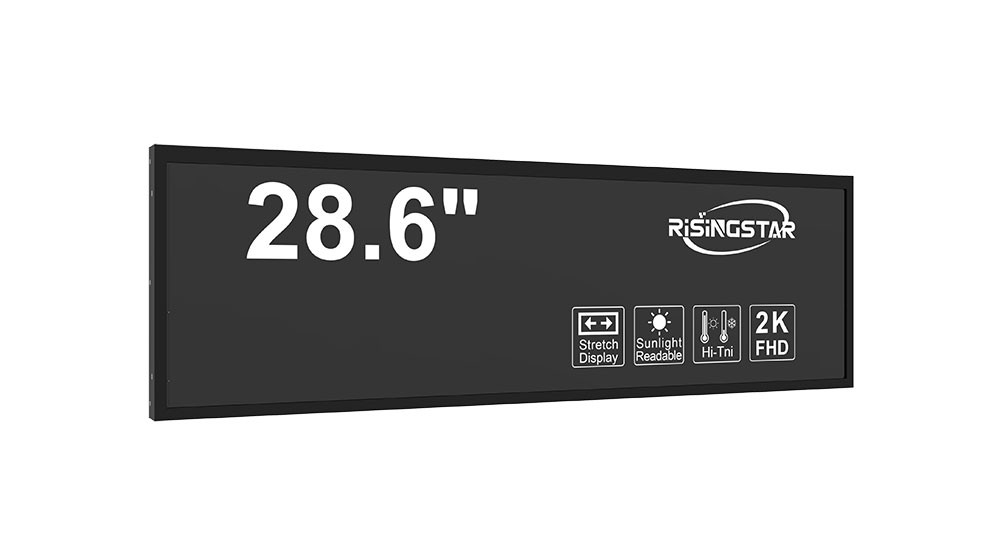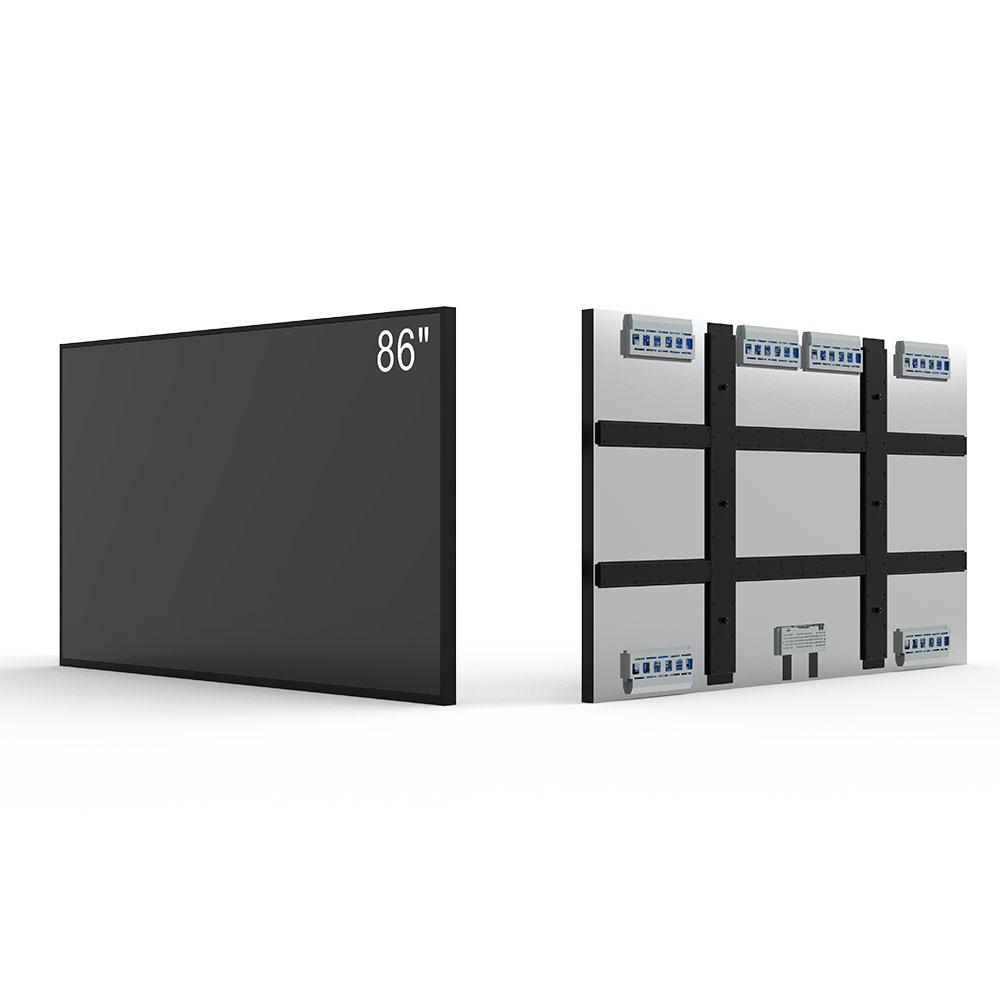
Privacy statement: Your privacy is very important to Us. Our company promises not to disclose your personal information to any external company without your explicit permission.
Curved LCD panels have emerged as a transformative innovation in display technology, offering enhanced visual immersion, ergonomic design, and improved viewing angles—especially in high-end consumer electronics, automotive dashboards, and professional monitoring systems. Unlike traditional flat LCDs, curved panels are manufactured using advanced bending techniques that maintain pixel uniformity, color accuracy, and structural integrity across the entire surface. This curvature is typically measured in millimeters (e.g., 1000R or 4000R radius), where a lower number indicates a tighter curve and more pronounced effect.
The engineering behind curved LCD panels involves precise thermal shaping of glass substrates during the manufacturing process, followed by laminating polarizers, backlight units (BLUs), and touch layers with minimal stress-induced distortion. Industry standards such as ISO 9241-31 for ergonomics and IEC 60068-2-30 for environmental resilience ensure these panels perform reliably under real-world conditions—from extreme temperatures to high humidity environments.
In consumer markets, brands like Samsung and LG popularized curved OLED and LCD displays in televisions and monitors, citing benefits such as reduced eye strain during extended use and a cinematic "wraparound" experience. In automotive applications, manufacturers including BMW and Tesla integrate curved LCD panels into instrument clusters and infotainment systems to reduce driver distraction by aligning the screen with natural line-of-sight.
For industrial and commercial sectors—such as digital signage, command centers, and medical imaging—curved LCDs provide advantages like better light diffusion and reduced glare from ambient sources. Studies published in the Journal of Display Technology (2023) confirm that curved screens improve perceived image depth by up to 18% compared to flat counterparts, especially when viewed at off-center angles.

However, challenges remain. Curved panels require specialized mounting hardware, higher production costs due to precision manufacturing tolerances, and careful calibration to avoid parallax errors. Nonetheless, advancements in materials science—including flexible polyimide substrates and edgeless bonding techniques—are rapidly closing the gap between cost and performance.
As global demand for immersive, human-centric displays grows, curved LCD panels stand out not just as a design trend but as a technologically mature solution backed by rigorous testing, industry adoption, and measurable user benefits.

Email to this supplier

Privacy statement: Your privacy is very important to Us. Our company promises not to disclose your personal information to any external company without your explicit permission.